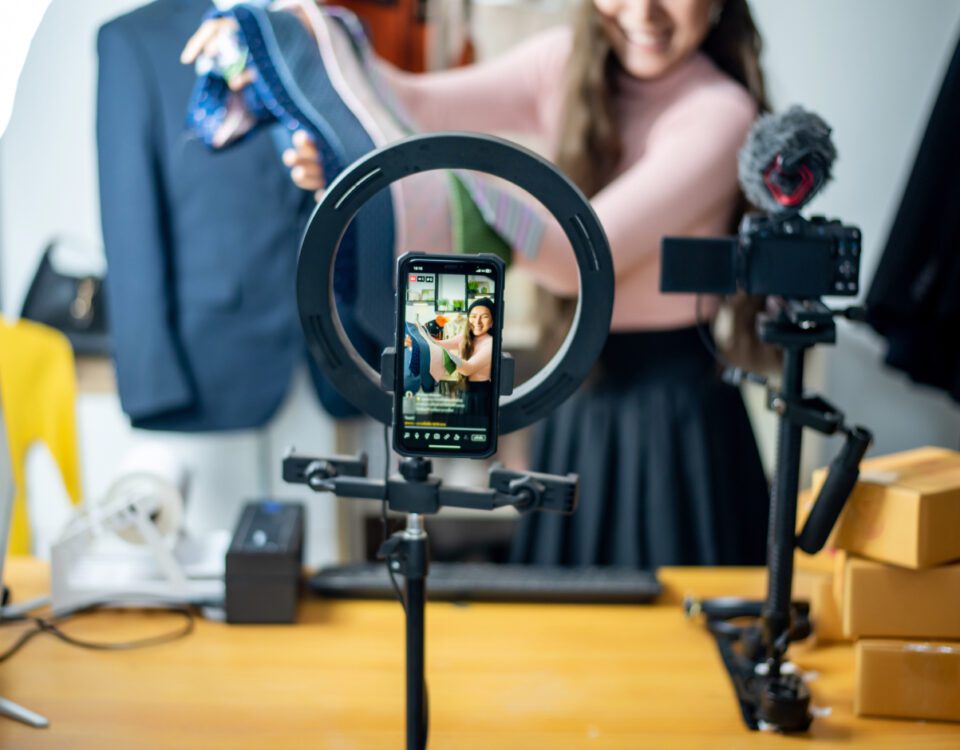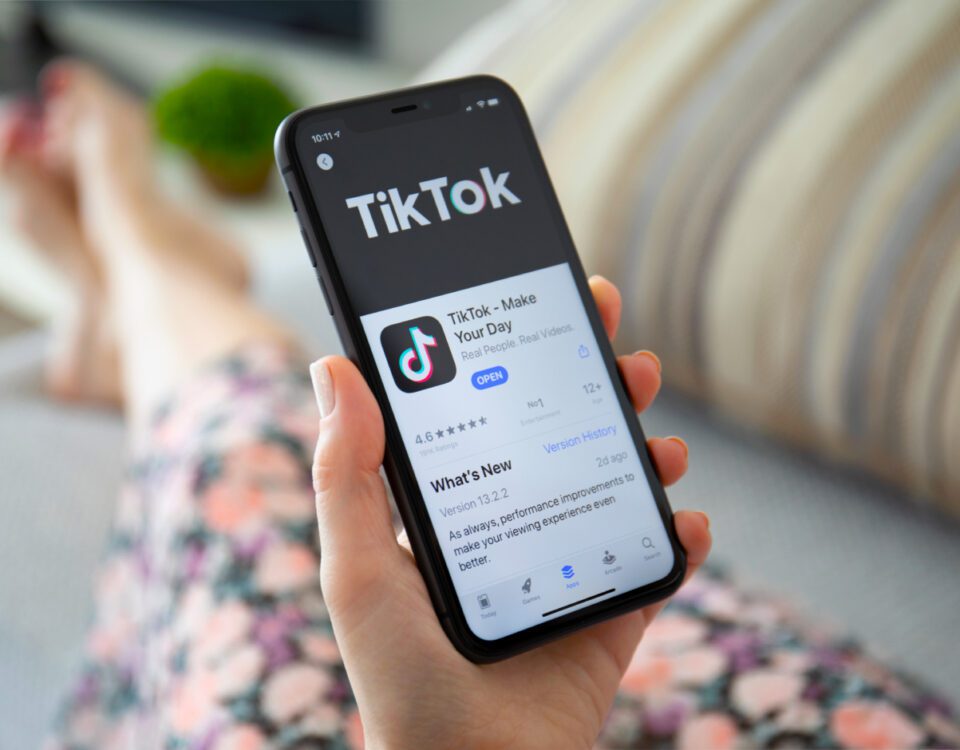Share
Every customer that your brand will encounter is different, each with their own individual preferences, behaviours and requirements - and therefore a need for different approaches and marketing messages. Customers at the very start of the buying journey should be handled differently to those who are already loyal to your brand, and the same goes for those who are happy vs those who are dissatisfied.
Dealing with a customer in the wrong manner can cause confusion and irritation, which is why it’s vital to tailor your messaging to each type and provide personalised experiences as much as possible, especially considering that 71% of customers are frustrated by impersonal shopping experiences. Read on to learn how to address the different types of customers and why it’s important to implement a separate strategy for each one.
Potential Customers
Also known as lookers, browsers or prospects, potential customers are those who are simply browsing through your products and services (and your competitors’). They’ve shown some initial interest, but they have yet to decide on anything. To convince these prospects to convert, it’s essential to catch their attention and show them why your product or service meets their specific needs, or how it will solve their pain points better than other brands.
Make your website look eye-catching, write compelling copy on your web pages and make sure the design is innovative but also easy to navigate. Remove any obstacles that may block the path to checkout, such as intrusive pop-ups and excessive ads, and focus on good customer experience. Make it clear that you’re available anytime to answer any questions they may have, either by clearly displaying your email address, phone number or social media links, or with a live chat widget. Most live chat plugins allow you to set up a welcome message that appears when a customer begins browsing, so they know that the option is available and that they can easily start a conversation with you should they need to.
Run PPC ads and social media ads to target people who are in the market for a product or service like yours, focussing primarily on brand awareness and web traffic at this stage rather than conversions.
New Customers
New customers are those who have recently purchased from your brand for the first time, or have only made a couple of purchases so far. They’re still trying to understand your product and they may need guidance to help them decide whether to stick around, so it’s imperative that you make a lasting first impression.
86% of people say they’d be more likely to stay loyal to a business that invests in onboarding content that welcomes and educates them after their first purchase, so take time to create experiences that support new customers, and reassure them that they’ve made the right choice. Over 90% of consumers feel that the companies they buy from ‘could do better’ when it comes to onboarding new customers, so making improvements in this area could put you one step ahead of your competitors and give you an advantage over brands who aren’t giving their new customers a warm welcome.


Discount Customers
Discount customers are those who are only interested in your product when you’re offering it at a discounted price or are running a sale. It’s highly unlikely that they’ll buy it at the usual price, meaning they can be tricky to handle as you’ll need to do a lot of convincing to make them change their minds about parting with their hard-earned cash. You’ll also need to be on standby with excellent customer service in case they need any assistance entering discount codes or applying vouchers at the checkout, or if they want to double check what’s included in an offer.
It’s important to make them understand the value you’re providing - even at the discounted price - to firstly reassure them that they’re getting a good deal. Then, you’ll need to show them the reasons why they should continue choosing your product when the sale is over. Offering better value than your competitors is highly important here, as customers are more likely to stick with your brand if they know they’ll be saving money compared to the other options available on the market even when the product isn’t discounted. You could also offer a different type of deal if they purchase an upsell item, such as free delivery, or savings on a product bundle.
Switching Customers
Switching customers are those who have been using one of your competitors’ products or services but have recently become unsatisfied with it, and are therefore looking at your brand as an alternative. For 67% of customers, this happens as a result of a terrible customer experience. The great thing about these customers is that they’re ready to spend and are already at the conversion stage - you just need to convince them to choose your brand as their new favourite.
Make it clear to them why you’re a better option than your competitors by promoting your USPs and flagship products, and by conducting competitor research to see where there are gaps that you can fill. Consider offering an onboarding incentive such as a discount on their first purchase or first month of subscription, and implement measures that will make the switching process as seamless as possible. This is especially pertinent for brands offering products wherein a physical transfer of data or information will need to take place during the switch, such as insurance companies, software platforms or pension providers.
Unhappy Customers
Unhappy customers have used your product or service (or have visited your store or location) and had a bad experience, causing them to become angry or disappointed. If your product or service is subscription-based, they may have cancelled theirs or downgraded to a cheaper package. These types of customers are likely to leave bad reviews on feedback platforms and make negative comments on social media, where their frustration can actually end up deterring other potential customers too, as 93% of consumers say that they read other buyers’ opinions before purchasing a product.
To deal with unhappy customers, you’ll need to be empathetic, responsive, understanding and patient, and listen carefully to their specific complaints rather than providing a generic, one-size-fits-all solution. If your brand has made a genuine mistake, apologise sincerely and reassure the customer that it won’t happen again. Clearly outline the steps you’ll take to rectify the situation, and consider offering a goodwill gesture such as a voucher, free gift or discount on their next purchase - anything that will incentivise them to try your product again instead of switching to a competitor.
Although it may seem tempting to delete or hide negative reviews, complaints and social media comments - or respond to them defensively - it’s much better to show that you care about your customers’ opinions by responding calmly and pragmatically. This demonstrates professionalism and even has the power to turn the situation around, with 70% of consumers agreeing that a brand’s response to a bad review can change their perception of it.
Confused Customers
Confused customers want to buy your product or sign up for your service but aren’t sure how, or are experiencing difficulties during the purchase process. For these customers, it’s essential to deliver top-notch customer service and answer their questions as quickly as possible so they don’t decide to abandon their purchase. In fact, 53% of customers say they will abandon their cart if they don’t receive a speedy reply from a brand, proving that failing to respond promptly to your incoming messages - whether that’s on social media or live chat - can have a tangible impact on your sales.
With 55% of people saying they’ve returned a product because they didn’t fully understand how to use it, it’s clear that brands need to do more to explain the functionality of their products and services to customers. This can be achieved by setting up an FAQ section on your website or adding a learning hub that includes clear step-by-step instructions. 65% of customers agree that video is their favourite way to get to know how to use a product or service, so consider filming some tutorial content that will educate customers and reduce your volume of incoming enquiries.


Loyal/Repeat Customers
Loyal customers are those who are most engaged with your brand, have bought from it multiple times in the past, and continue to do so today. For subscription-based businesses, loyal customers are those who have maintained their subscription for many months or years, and have no current intentions of unsubscribing.
The best way to handle this type of customer is to offer a loyalty scheme that rewards them for their dedication to your brand and shows them that you truly appreciate their ongoing support. This could involve giving them a discount or freebie after a certain amount of purchases, or early access to new product collections. After implementing a loyalty program, the average order quantity of a business can rise by as much as 319%, and customers who become a member of it will spend 12-18% more each year!
Brand Advocates
Brand advocates are customers who love your brand so much that they sing its praises to their peers, whether that’s through positive reviews on feedback platforms, positive comments on social media, or face-to-face word of mouth. When their friends, family members or coworkers are looking for a product or service like yours, they won’t hesitate to recommend your brand. They’re also likely to share regular UGC (user generated content) - aka photos or videos of themselves using your product or service - that you can then share onto your website and social media pages as a form of social proof and authenticity.
To encourage advocates to continue promoting your brand, you should offer an incentive such as a referral scheme that rewards them for certain amounts of referrals - such as a free gift when they spread the word to 5 people.
Summary
As you can see, there are many different types of customers that each require a different approach from your brand in order to thrive. By offering top-notch customer service, personalised experiences, great value and ongoing support throughout their journeys, there’s no reason why your business shouldn’t be able to handle each one with success. Start by creating a detailed customer segmentation plan that outlines how to deal with every type, and make sure that everyone on your team is following the same guidelines when it comes to customer interactions - whether that’s on social media or live chat. Do you need assistance to boost your standard of customer care? Contact us now to discover what we can do for your brand.










